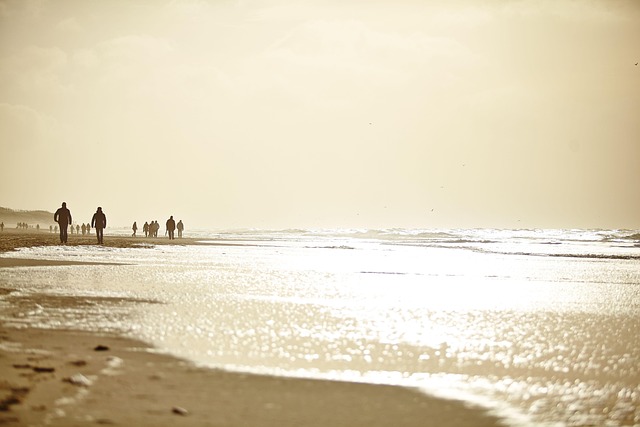In the world of photography, understanding light conditions is crucial for capturing stunning images that speak to the viewer. Mastering the interplay of light requires more than just technical knowledge; it involves a keen sense of timing and an emotional connection to your subject matter. The beauty of layering shots allows photographers to create depth and dimension, but this technique is deeply influenced by the varying light conditions encountered in different environments.
When you step outside with your camera, the world transforms. The sun can be an artist, casting a warm glow during golden hour, or it can be a harsh critic, washing out colors at noon. Recognizing these shifts in light is the first step in mastering your craft. Understanding how to layer shots effectively means learning how to use these light conditions to your advantage.
Layering shots not only requires excellent optics but also a profound appreciation for the elements that surround your subject. For instance, incorporating foreground elements can draw the viewer’s eye into the frame, especially when bathed in soft, diffused light. Imagine capturing a serene landscape where mist hovers over a lake at dawn, layering the soft focus of the foreground with the subtle reflections of the light on the water’s surface. This depth transforms a simple click into a visual story.
Moreover, experimenting with backlighting can add an ethereal quality to your images. Think of a portrait where the subject stands against a setting sun, creating a halo effect around them. By layering this backlighting with the shadows cast on their face, you can evoke emotion and create a powerful narrative. In high-contrast scenes, photographers are presented with both opportunity and challenge, where balancing light conditions can mean the difference between a flat image and one that mesmerizes.
Additionally, don’t underestimate the importance of artificial lighting. In a controlled environment, you have the ability to manipulate light conditions to layer your shots perfectly. Consider using reflectors or diffusers to soften harsh light or enhance shadows to add intrigue. These tools can help craft images that resonate with viewers, blending dynamic lighting with layers that tell a story.
In your journey as a photographer, allow yourself the freedom to experiment with varying light conditions. Take the time to observe how different times of day impact your images. Visit the same location at various hours, observing the unique textures and moods that light contributes to each scene. Embrace the nuances of sunrise and sunset, as these moments often yield the most vibrant and layered shots.
Ultimately, mastering light conditions and layering shots is not just about technique; it’s about envisioning how your photographs make others feel. Every click of the shutter is an opportunity to document the world as you see it, infused with the magic of light. Allow your heart to guide your lens, and watch how light conditions can transform an ordinary photograph into a work of art, filled with depth and resonance.



